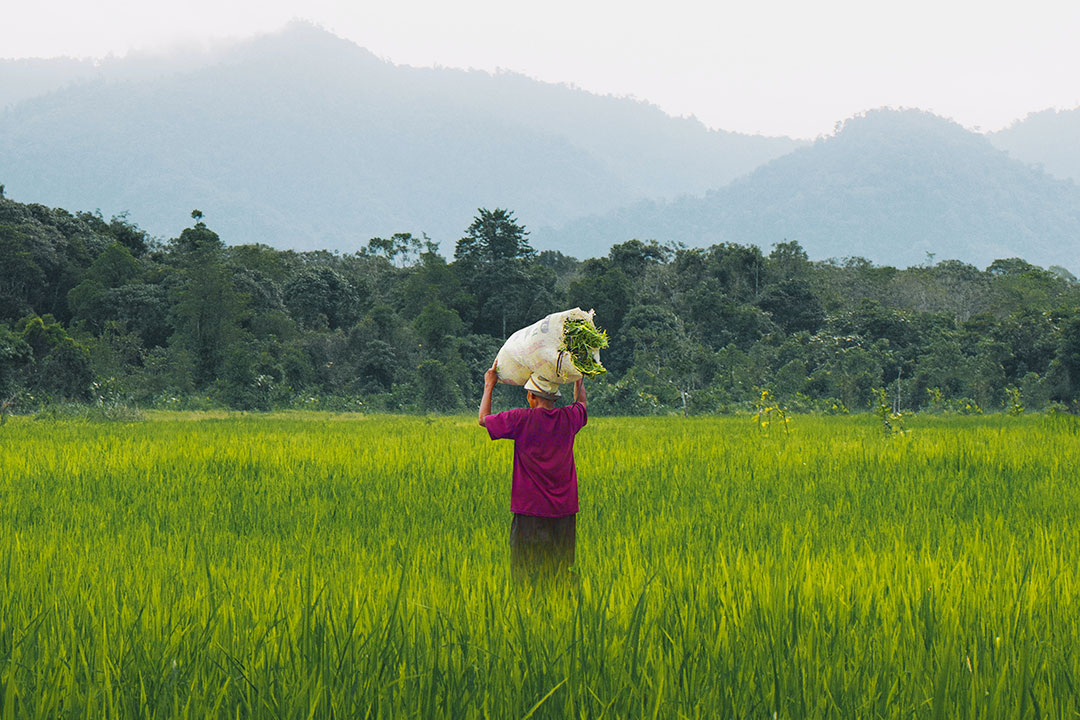Malaysia’s price controls exacerbate rice shortages

KUALA LUMPUR — In September, amid a shortage of white rice in Malaysia, rice mill operator and wholesaler Allen Lim started receiving calls from supermarkets asking for additional supplies. But he had to turn them down.
Mr. Lim said his company, PLS Marketing, simply could not afford to process and package more rice because the government’s years-long price control measures have eroded profit margins and prevented farmers and manufacturers from expanding capacity.
While the retail price cap of 2.60 ringgit ($0.5556) per kilogram for locally made white rice has been in place since 2008, the tension between a government policy aimed at helping consumers cope with inflation and an industry unable to supply rice at uneconomic prices have reached breaking point this year.
The situation has become acute in recent months due to shortages of rice in Malaysia after top exporter India restricted some shipments in July, sending global prices skyrocketing.
With the price of imported rice jumping sharply, demand for the low-cost domestic grain has increased significantly.
Yet, industry players say they are unable to raise production unless they can earn more to cover sharply rising costs of fertilizer, pesticide, equipment, logistics, and labor.
“The market price should be increased so that farmers can survive,” Mr. Lim told Reuters.
“Even millers cannot survive (at this price). For the past seven years, many have started experiencing losses.”
Many millers have shut down because banks won’t lend money to unprofitable businesses, Mr. Lim said. The government, which fears that lower domestic output will increase reliance on more expensive imports, has acknowledged the issue but the industry frets that little has been done to resolve the problem.
In a recent interview with Reuters, Deputy Minister of Agriculture and Food Security Chan Foong Hin said Malaysia is likely to see another output decline this year due to the El Niño weather phenomenon and stagnant production.
Production has fallen 6.7% between 2013 and 2021, while imports are expected to increase 6% this year from 2022, according to data from Malaysia’s government and the U.N. Food and Agriculture Organization.
Mr. Chan said the ceiling price for rice should be reviewed to encourage producers to boost output and quality, and ensure long-term food security in Malaysia, which relies on local production for 62% of its needs.
However, the government had no immediate plans to raise the price cap, citing a need to protect consumers amid rising inflation. While overall inflation has been largely kept in check by government subsidies and price control measures, food prices have risen at faster rates, averaging at about 5.5% this year.
“At the end of the day, when you want people to produce more, you will need to make sure that agriculture is a profitable business,” Mr. Chan said.
“But at the same time,we need to have certain mitigation steps we can take in order to make sure the food price is always affordable.”
Malaysia has taken other measures to address domestic shortages, including raising subsidies for paddy farmers, and increasing scrutiny of the rice supply chain.
In October, the government lifted the minimum price of paddy — last reviewed in 2014 — from 1,200 ringgit per metric ton to 1,300 ringgit per ton to boost support for farmers.
But for many, the measures are still not enough.
About 70% of paddy farmers in Malaysia’s main rice producing state Kedah are in debt, and the new measures are barely keeping them afloat, said Mohamad Rafirdaus Abu Bakar of Pesawah, a Kedah-based farming group.
The government price controls created a distortionary effect, said Sarena Che Omar, deputy director of research at public policy think-tank Khazanah Research Institute.
“The price floor and price ceiling squeeze the middle segment, and something’s got to give,” deputy director Sarena said. “You can’t please everybody.” — Reuters



